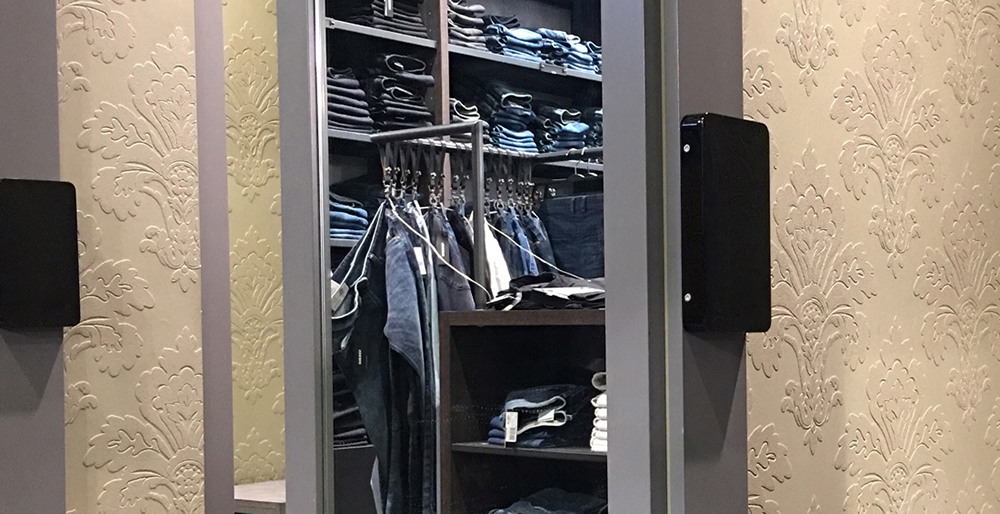Understanding retail loss

Each year retail loss costs Australian retailers dearly, with the most recent figures from the Australian Retailers Association (ARA) indicating it sets the industry back $7.5 billion annually.
This figure shows little signs of abating either, with shoplifting, employee theft, vendor fraud and administrative error among the major causes of retail shrink.
Here’s an insight into loss in the Australian retail sector and the best strategies retailers can use to minimise its effect.
Retail loss by the numbers
To properly understand the impact of retail loss, it’s critical to understand the sheer scale of the numbers involved.
- Total cost of retail loss in Australia – $7.5 billion (Source: Australian Retailers Association)
- Shoplifting – 39 per cent of Australian retail loss (Source: Global Retail Theft Barometer)
- Employee theft – 25 per cent of Australian retail loss (Source: Global Retail Theft Barometer)
- Administrative/non crime loss – 23 per cent of Australian retail loss (Source: Global Retail Theft Barometer)
- Vendor/supplier fraud – 13 per cent of Australian retail loss (Source: Global Retail Theft Barometer)
- Cost passed on to each household – about $420 annually (Source: Canstar)
Shoplifting
In Australia, shoplifting remains the primary source of all retail theft, costing the sector around $2.5 billion a year.
Combatting shoplifting comes down to staff education, good store design, product level security (such as Electronic Article Surveillance and RFID), and store surveillance.
Staff training – It is recommended all staff are trained in store procedures, the key signs of shoplifting, and good customer service, with simple acts like meeting and greeting a shopper reducing the likelihood of theft.
EAS – At a product level, items should be protected with Electronic Article Surveillance comprising antenna and security tags and labels.
Lockable displays – Alternatively, high value stock can be secured in lockable display cabinets, and small commonly stolen items like electronic accessories and razors can be secured with stop locks or time delay locks.
Store design – Good store design goes a long way to reducing the likelihood of theft. The store should be adequately lit, with staff given a clear line of sight to all areas of the floor.
Fitting room theft – In clothing stores where the fitting room is a frequent place of theft, retailers can employ technology such as the Fitting Room Guard in order to be alerted when security tags are being tampered with.

Surveillance – Finally, surveillance also plays a role in reducing theft. Visible CCTV can deter shoplifters, while the system can also identify acts of theft and offenders.
EMPLOYEE THEFT
As the Australian Retailers Association notes: “Internal theft tends to be more sophisticated, has a greater financial impact per incident, and is more difficult to detect than external theft”.
It can also take an emotional toll to learn your employees are contributing to your loss.
The top strategies for reducing employee theft involve screening, training and vigilance.
Staff screening – All staff should be properly vetted when they commence employment, with referees and references checked.
Store policies – Staff should be aware of store policies and the impact employee theft has on their livelihood. Meanwhile, good morale also plays a role in reducing employee theft, as does visible surveillance.
POS – The Point of Sale is where many cases of theft occur, so retailers should look to POS software which requires staff to log in with unique access codes to record who is at the register, when.
Smart keys – There is a host of technology that allows greater visibility of staff and products. This includes smart locks like the Invue range that offer the convenience of a single type key which can be programmed to limit the access staff have to specific cabinets or their department.
Importantly these keys can track which staff members access what cabinet, drawer or spider wrap and when they do it.

Vendor and supplier fraud
Diligence in reconciling orders and counting stock on delivery are the best ways to identify and combat vendor fraud or error.
RFID source tagging can also be of huge assistance, with a recent study illustrating RFID can offer supply chain accuracy of 99.9 per cent.
Administrative error
Administrative and paperwork error is a tough area to tackle, but the risk can be mitigated through automation. Tools such as RFID tagging can be of benefit, especially when applied at the point of manufacture, or when they’re used to prompt the automatic reordering of products.
The final word
With retail loss occurring at different levels of a business in different ways, combatting shrink comes down to implementing a range of strategies to minimise the likelihood and opportunity for theft, fraud and error.
And, with shrink costing the retail sector around 3 per cent of sales each year, investing in technology, systems and loss prevention strategies that curb the problem are an investment in a retail outlet’s bottom line.